Our departure from Siem Reap went as planned, and it was a relatively easy drive along good roads to get to Battambang. We found a cheap hotel with no issues, and were quickly settled in. This was going well. Battambang itself is a pleasant town located on the banks of the Sangkae river. Whilst it is the second most populous city in the country, and a popular stop on the Cambodian tourist trail, it still very much retains a quiet, relaxed character.
Although we had arrived in good time, we did not do much on our first day. Our lunch in the wonderful Gecko Cafe expanded to fill more time than planned, as it was all too easy to relax on the balcony setting and watch life go by on the street below. From here, it was just a short stroll to the river, and we leisurely walked a loop around its banks. Although there is a lot of newer development in the city, there are still many beautiful examples of old French architecture to be seen, adding to the rich character of the town.
The next morning, we were ready to exert ourselves a little more. We started the day off munching fresh goodies from a local bakery. As a legacy from the French occupation, it is possible to find excellent baguettes and even croissants almost everywhere in Cambodia. We had really missed good bread over the last few months, so the easy and cheap availability of it here is a real bonus. We rounded off our breakfast with some excellent Khmer coffees at the Kinyei cafe. Situated down a quiet street with quirky but simple decor, if this place was transplanted to London it would be a hipster's dream. As it was though, it was pleasantly quiet, with the few tables occupied by a mixture of tourists and locals. The cost of our coffees was just $0.50 each, so it felt only right to indulge in more than one.
It would be wrong to visit Cambodia without acknowledging its difficult and painfully recent history. After a brutal insurgency beginning in 1968, the Khmer Rouge eventually took Phnom Penh and seized power in 1975, ruling for four long years. During their time in power, Pol Pot's regime embarked on an unachievable program of agrarian socialism. They ordered that the production of rice was to be tripled immediately – an impossible goal. The cities were forcibly evacuated, with the residents made to leave for the countryside no matter what their state of health, including those in hospital. Although the Khmer Rouge claimed to be creating a classless society, divisions were made clear between the rural peasants (the Old People) and those evacuated from the cities (the New People, or 17th of April People). According to the regime, the New People were of lesser value, and not to be trusted. This was despite the fact that many of these people had fled from the countryside to the relative safety of the cities during the civil war.
As part of this failed experiment, families were forcibly split up, with the only concession being very young children allowed to remain with their mothers. The agrarian reforms ultimately led to food shortages and many deaths from overwork. The regime was brutal, and unfathomable numbers of people were sent to prison camps, where they faced horrific torture and death. The death toll attributable to the Khmer Rouge between 1975 and 1979 is estimated at between two and three million, with two million being the most widely agreed figure. This was at a time where the population was only eight million. At least a quarter of the population suffered untimely and often violent deaths at the hands of the regime, a truly horrific figure.
It was with this history in mind that we set out towards the Wat Samraong Knong monastery on the outskirts of the town. During the rule of the Khmer Rouge, this was used as a prison, and many executions took place here. Now, on the surface at least, this is a peaceful and surprisingly beautiful space. It is still a working pagoda, and a new one is currently under construction. It was sobering to think how different things would have felt here just 35 years ago.
From here, we got back on the bike and rode a few kilometres out of town to Phnom Sampeu, a rocky hillside that rises unexpectedly from the otherwise flat landscape. At the top is a small complex of pagodas, but about half way up there is an important and more difficult place to visit – the Killing Cave. This site was used for executions during the Khmer Rouge rule, and is situated in a quiet part of the hills. A huge skylight looks down into the dark cave below, which is now accessible by steps. Two small memorials are located here, both containing skulls and other human bones. We sat quietly for a while to pay our respects. We did not take any photographs here, as it did not feel appropriate. Whilst it had been hard to see, we were glad we had visited.
From the caves, we laboured up the remainder of the hill to see the pagodas at the summit. The temples themselves were full of monkeys, which I am no longer enamoured with after we saw one attack a lady in Nepal! We gave them a wide berth, surprised that so many tourists were happy to get close to them. The views over the flat, lush land below were incredible, especially when bathed in the soft light of late afternoon. We sat and drank it in, all the time keeping a wary eye on the monkeys behind us.
As the sun was sinking lower, we rushed back down to the road. Other than the Killing Cave and the pagodas, Phnom Sampeu is also known for a spectacular natural display. Every evening, at around 17:30, huge numbers of bats stream out of a narrow crevice in the rock face. Apparently locals estimate the number of individuals at around one million, although I am not sure if this has ever been verified or if it is only a guess. We joined a mixture of tourists and Cambodians, and patiently waited for the bats to emerge. When they eventually did make an appearance, it was incredible. They poured out of the cliff in a steady stream, all seeming to follow the same path. In places, we could see through the trees that they formed groups in the sky, similar to migrating birds in Europe. Set against the colourful sunset, it was a truly amazing sight, and one that we feel lucky to have witnessed.
After an alarming drive back to town in the dark, we rounded off the evening with a meal at the fabulous Jaan Bai. We had happily stumbled across this on our way back from breakfast earlier that day, and had been compelled to return by the fact that they not only offered $0.50 glasses of draft beer, but that they also had exciting veggie options. Oli went for some apparently delicious meat, whilst I tucked in to eggplant dumplings with a spicy chilli dip. If anyone ever finds themselves in Battambang, we would both wholeheartedly recommend a visit here.
We woke early the next day, as we were due to head to the capital. On our way to pick up our cheap baguette breakfast, we did toy briefly with staying another day, and were tempted to head back to our coffee haunt to while away the morning. Battambang is definitely the sort of place where it is easy to stay longer than originally anticipated, but we managed to motivate ourselves to leave. Just.
The majority of the ride to Phnom Penh was easy. Although the road surface wasn't always perfect, traffic was minimal. We could do a good speed for most of the journey, and enjoyed the beautiful scenery. As we approached the city, the traffic increased considerably, with lumbering trucks on both sides of the road making progress difficult. The road surface worsened, and in places the dust was horrible. It appears that works are in progress to widen the road in places, but in others houses are built right onto the road side. It must be a difficult situation, as if the road is to be improved then those dwellings would need to be demolished. It was clear that the people living here were not affluent, so we hope that any future works do not worsen their situation.
As we entered the main city, the traffic became even worse. The reason for this quickly became apparent – a major protest was taking place in the middle of the main road, blocking it entirely. We did a quick U-turn, and dodged down a side street, hoping to get around it. This did not exactly go to plan, as we instead found ourselves driving along the edge of a large political rally, complete with a stage, loudspeakers and a whole load of flags. As seems to be our style, we have again arrived in a country at an interesting time politically. In a nutshell, the opposition are contesting the results of the August election, and there has been unrest in Phnom Penh over the past week. Hopefully it will be peacefully resolved.
Political strife aside, we made it to our hotel without further issues, and quickly settled in. For £6 a night it is pretty good, and we have a clean room with an en-suite hot shower. The only downside is that said shower trips the electrics every time we use it. One of us just has to stand guard at the junction box in the corridor, ready to flick the switch when needed. Ah, the glamours of travelling.
Tired from the drive, we lazed around in the cafe downstairs, growing steadily more hungry. Cambodia definitely does not have a lot of street food in comparison to Bangkok, which has made finding food slightly more effort. Imagine therefore our delight when a lady set up shop directly outside our hotel. Even better, the snacks she was preparing were vegetarian. We bought three pieces from her, at a total cost of around $0.30. Sadly, we have not managed to spot her since! Later that evening, we set off from the hotel in search of food, and as if by magic stumbled across a hole-in-the-wall Chinese vegetarian restaurant. We ate huge bowls of noodle soup for $1 each, before waddling home for a beer and some sleep.
Although the following day was Christmas eve, we were not feeling particularly festive. Our destination for the day was the infamous Killing Field of Choeung Ek. Not exactly a typical Christmas activity, but we felt it was important to visit, however upsetting it might be. Although it was only a few kilometres out of town, it took us a long time to reach. The traffic was insane, and not helped by the fact that roadworks often narrowed the street to a single lane, leaving countless trucks, cars, tuk-tuks and scooters to negotiate it without any traffic control. Despite the almost total lack of logic being applied by various road users, we eventually made it to Choeung Ek.
Choeung Ek is perhaps the most infamous and well known of all the Killing Fields in Cambodia. Used as an execution ground for inmates from the S-21 prison, it claimed the lives of thousands of people over a four year period. It is now the site of a memorial, built to pay tribute to the many people who lost their lives here. The remains of some of the victims are housed within the monument, and can be seen encased in glass shelves within the towering structure.
Visitors are guided around the site by an audio tour. Whilst harrowing, we were impressed by how sensitively everything was explained. Given that a lot of the Khmer soldiers were forcibly recruited, and carried out their horrific acts under threat of death, the line between victim, survivor and perpetrator is very thin. Some of the testimonies described on the audio guide came from former guards themselves. For us, it made us think about how difficult it must have been for Cambodia to deal with this bloody history, and for reconciliation to occur within society. What happened between 1975 and 1979 here was a true human tragedy, the scope of which is both difficult and horrible to imagine.
Even now, bone fragments and scraps of fabric are still coming up to the surface, particularly following heavy rainfall. We were saddened to notice many pieces of cloth dotted around the fields. These are collected by the staff at the memorial every two to three months, which again embodies the scale of the losses here. We felt that the memorial site and audio-tour were well presented, in a respectful way that enabled reflection. Even for people with no historical connection to Cambodia, it is still a very emotionally difficult experience, but one that we felt was crucially important.
After the harrowing experience of the Killing Fields, we did not feel up to doing much for the rest of the day. We went for a slow wander around the area in which we are staying, eventually stumbling across a veggie cafe, where we enjoyed tasty baguettes full of hummus and salad. We embarked on a little further exploration, wandering the pleasant back streets, before ending up back at our hotel for an evening beer and an early night. I was feeling pretty weird knowing that at home it was Christmas Eve. I usually love this time of the year, but a big part of that is being with the family and enjoying the food and festivities together. For the first time on the trip so far, I felt properly homesick.
Today is Christmas Day, and sadly our plans for festive treats have gone out the window. Oli must have eaten something that did not agree with him, as he was up all night with interesting digestive symptoms. As he is understandably not feeling great today, our cocktail and meal out plans have been deferred to tomorrow. We have actually been very lucky with illness on the road so far, and this is the first time one of us has felt like this. I have been teasing Oli and calling him a Scrooge that will go to any lengths to get out of Christmas, which seems to have cheered him up a little. Hopefully he will feel better soon!

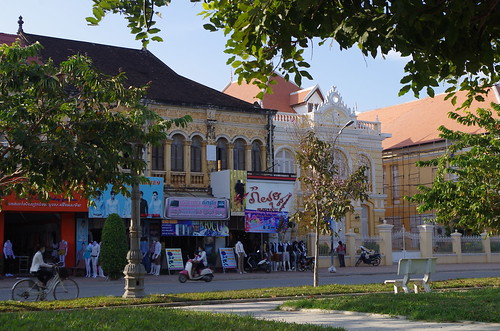
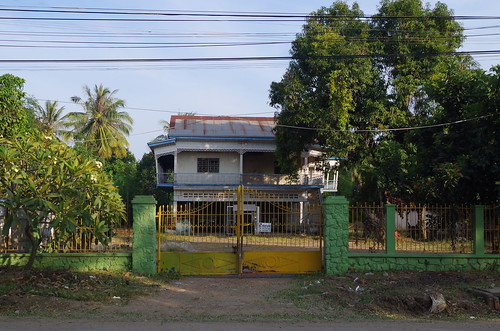
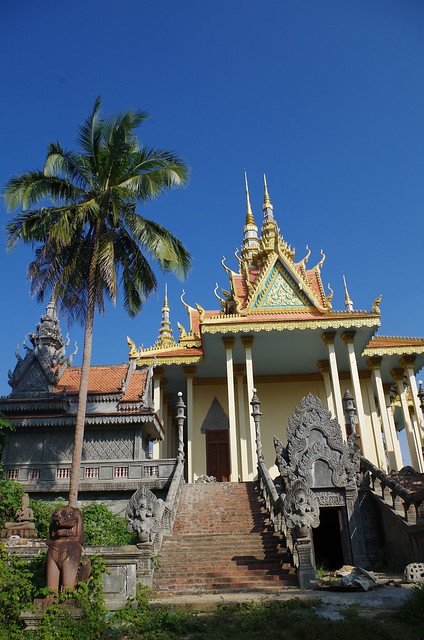
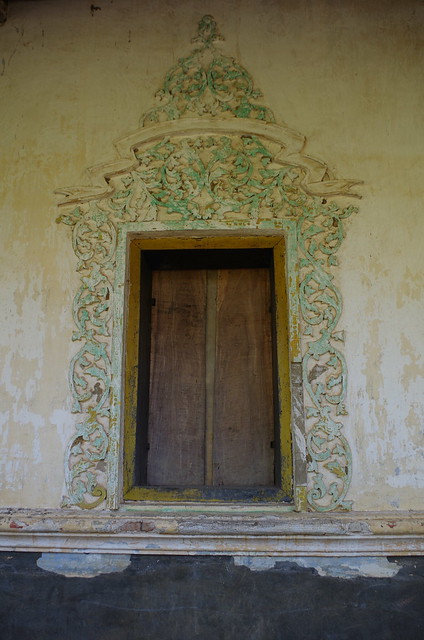
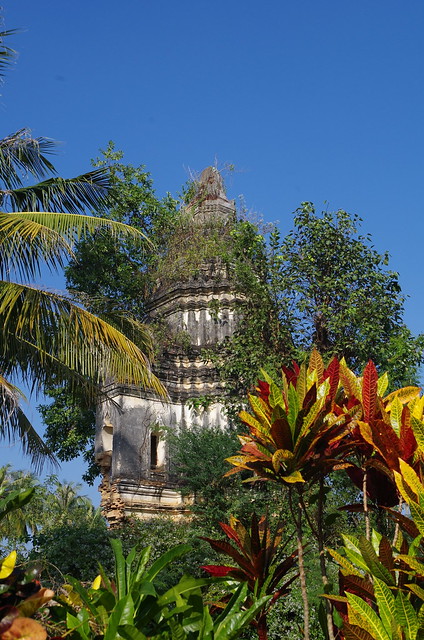
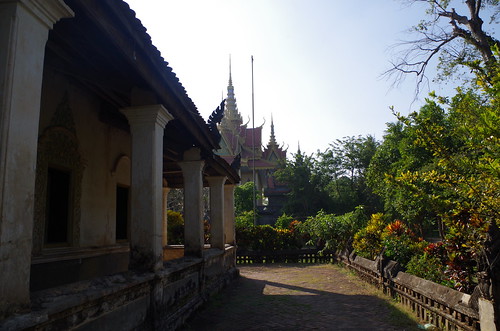
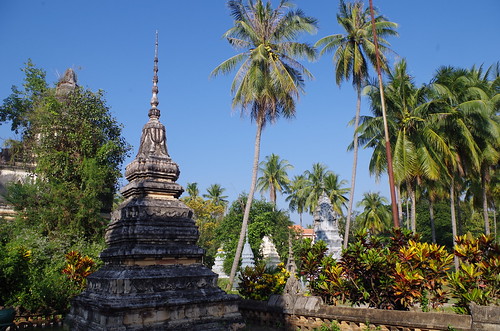
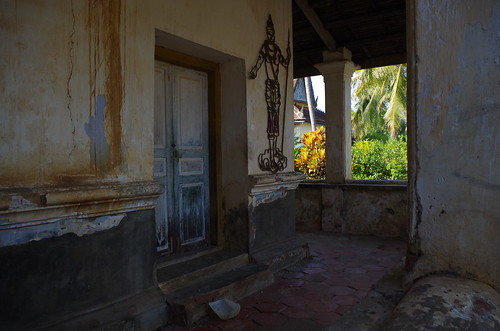

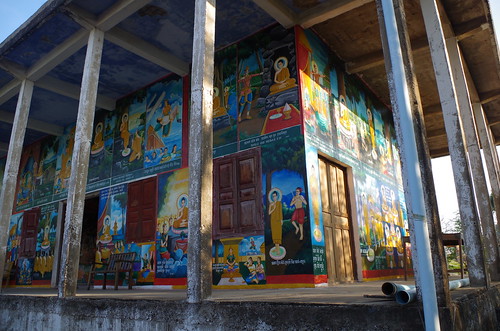
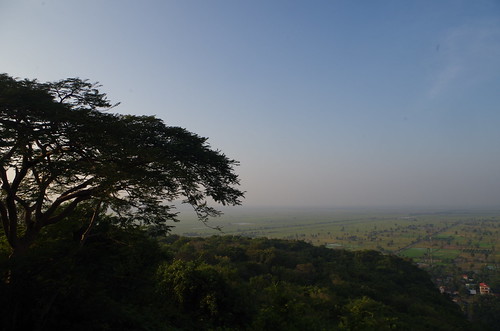
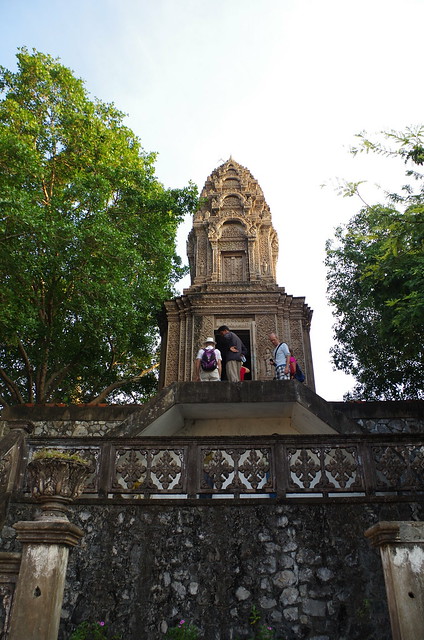

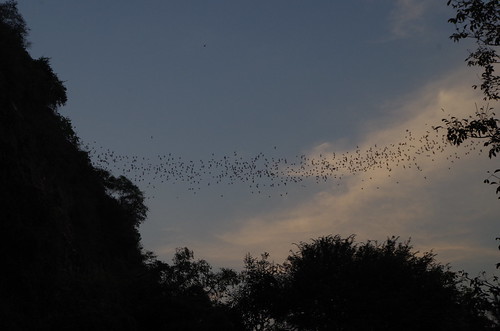
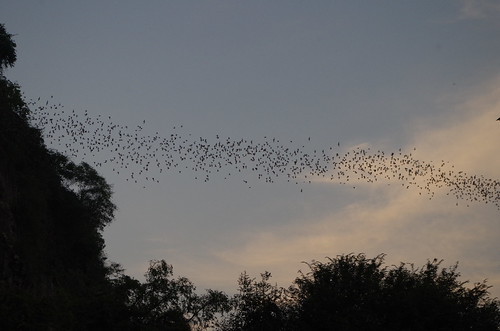
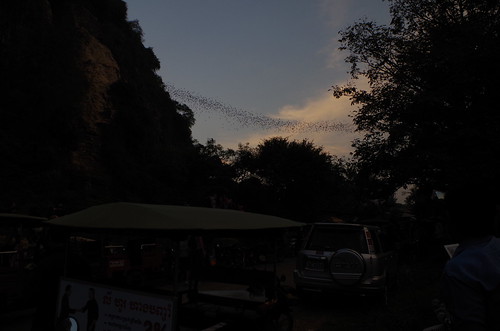
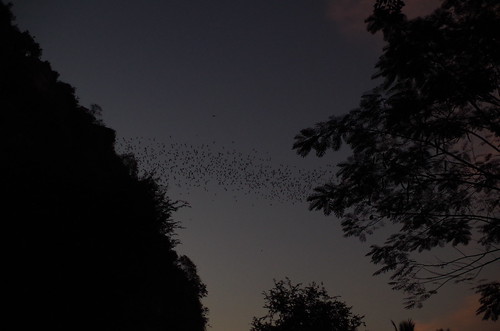


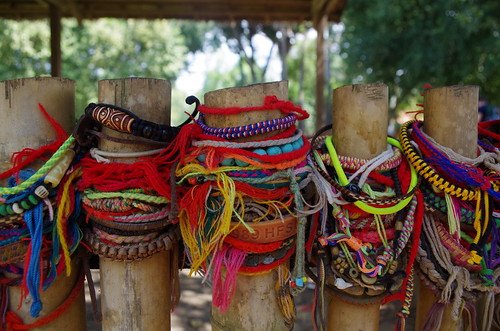
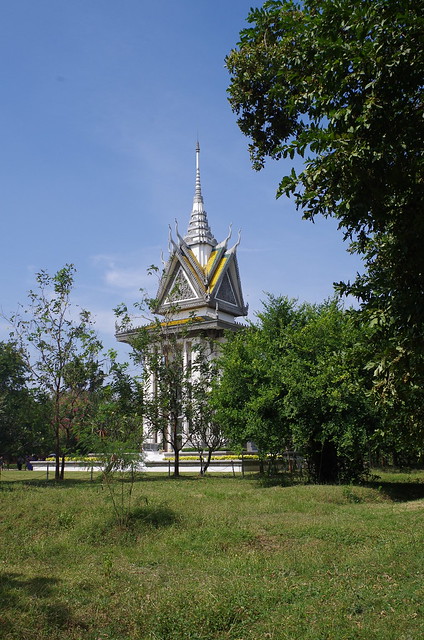
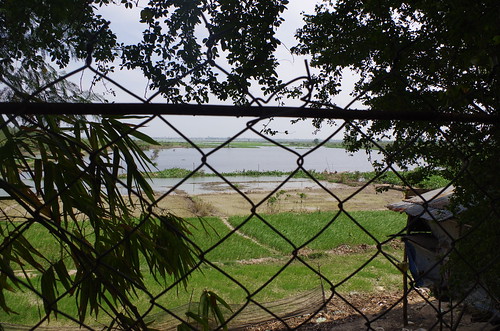
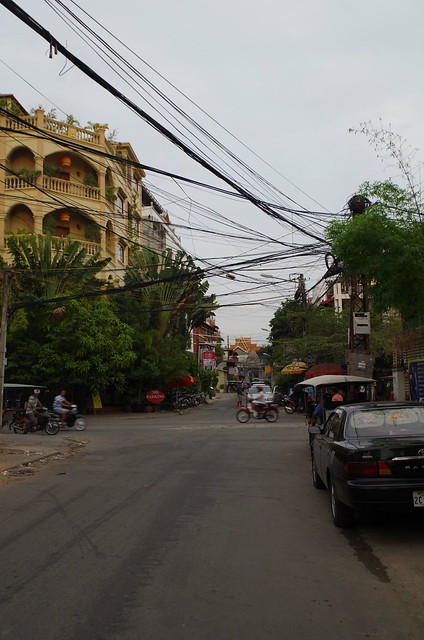

No comments:
Post a Comment